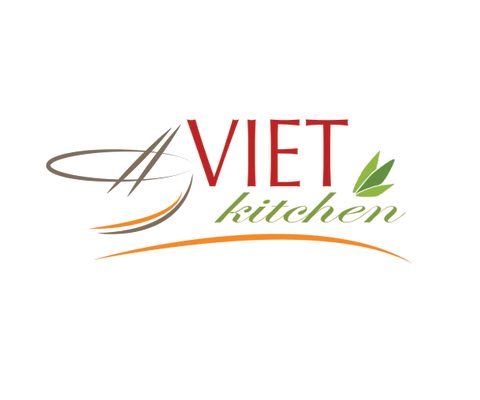Vietnam is a long, narrow
country in Southeast Asia, covering a total of 327, 500 square kilometers. The
geography of Vietnam plays an important role in the Vietnamese cuisine because
the climate affects the availability of ingredients, which has effect on the
types of dishes that dominate a particular region. From this post, I would like
to introduce you about how Vietnamese culinary tradition differs from region
to region
1.
Northern-styled
Vietnamese Cuisine, there’s a lot more than Pho.
In northern Vietnam, the
climate is colder, which leads to the limitation of production and
availability of spices. As a result, the foods here are often less spicy than
those in other regions. Black pepper is used instead of chilies as the most
popular ingredient to produce spicy flavors.
In general, Northern Vietnamese
food is not bold in any particular flavor. They are the harmony of all flavors:
sweet, salty, spicy, bitter, and sour. Most northern Vietnamese foods feature
light and balanced tastes that result from the combinations of many different
flavoring ingredients. Freshwater fish, crustaceans, and mollusks—such as
prawns, squids, shrimps, crabs, clams are widely used in most of the dishes. Fish
sauce, soy sauce, shrimp paste, and limes are among the main flavoring
ingredients.
Being the cradle of Vietnamese civilization, northern Vietnam produces many signature dishes of Vietnam, such as phở, bún riêu, and bánh cuốn, which were carried to other regions in Vietnam through the road of Vietnamese migration.
Vietnamese cuisine
varies somewhat by region, with Chinese influences (such as stir fries,
noodles, and use of chopsticks) in the north as China borders it to the north. During
the winter months in the north, families gather around a big bowl of seasoned
broth and cook vegetables and meat in it for sustenance and warmth.
2.
Hanoi, the hometown of the best Vietnamese Foods.
North
Vietnam is considered to be the cradle of the Vietnamese culture and Hanoi, the
capital of Vietnam is the hometown of the best dishes. Pho_the most famous
Vietnamese dish, originated here. Basically Pho is available all over Vietnam
but you should enjoy this delicious dish in its own birthplace. Also, Hanoi has
been selected as one of the top 10 cities for food in the world by Shermans
Travel. If you travel to Hanoi, you will fall in love with all special tasty
foods as well as this lively city.
Also, Hanoi is famous for its street-food culture. It is a street-eater's paradise, with a plethora of options for those who want to eat like a local. In fact, many swear that the best food in Hanoi is found on the sidewalk, with dishes that often feature fish sauce, lemongrass, chilies, and fresh herbs.
The city, which celebrated its 1,000th birthday 2 years ago, has put those centuries to good use perfecting its curbside nibbles. Although vendors often cook in small shop fronts, they serve their wares on the sidewalk, on small plastic tables and chairs that can seem woefully inadequate for foreigners.


















